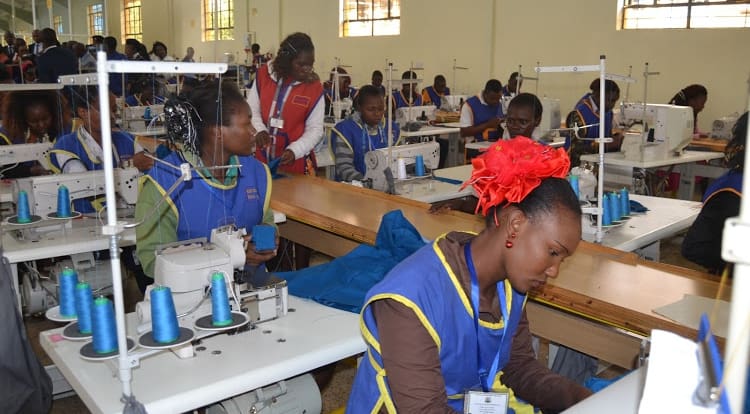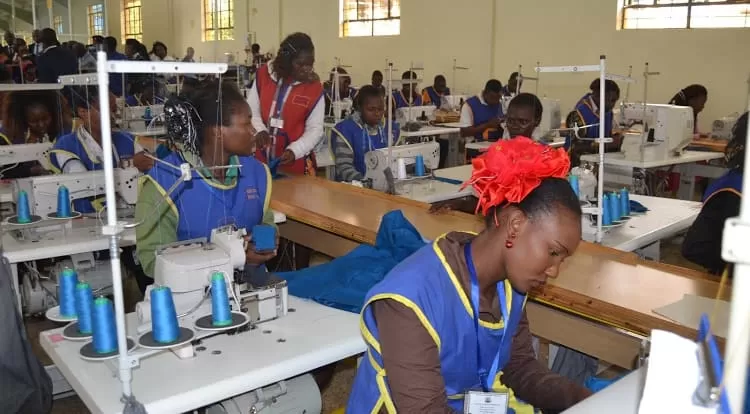

Last updated on September 11th, 2021 at 02:48 pm
COVID-19 pandemic has caused an unprecedented disturbance on social, political and economic structures all over the world. World leading economies have been brought to an almost complete halt.
International Monetary Fund (IMF) has warned of a recession that is expected to be as bad or worse as that experienced during the global financial crisis of 2008. Measures that have been put in place by countries to mitigate the spread of Coronavirus include lockdown that has brought global business to its knees.
As the spread of Coronavirus is picking up speed, countries not only need to prepare strategies to combat COVID-19 but also effectively plan for life after the virus. IMF has already suggested that one of the measures to fight against COVID-19 must include a plan for recovery that will reduce potential scarring effects of the pandemic through policy action.
Economic recovery after this fatal disease is only possible by 2021, as predicted during an emergency meeting by G-20 nations to develop strategies for combating the effects of COVID-19. Most nations have already been hit by a recession that has seen close to 80 countries requesting financial help from the IMF.
Kenya has so far been granted a total of Sh84.6 billion, 5.3 billion in April (used in the production of sanitizers, protective gear for medical workers and scaling up bed capacity for Coronavirus patients) and an additional Sh79.3 billion in May to help fight COVID-19.
Various sectors have already experienced a strain in both demand and supply due to the broken global supply chain caused by the virus. The health sector is one of such sectors that has been most hit. Rising demand, panic buying, misuse and hoarding of personal protective equipment (PPE) has seen a disruption in worldwide supply.
This has prompted the World Health Organization (WHO) to appeal to governments and industry to increase the manufacture of PPE by 40 per cent.
The government of Kenya through the Kenya Fashion Council and Kenya Association of Manufacturers recently sent out an appeal to local textile and apparel industry players to provide information on their production capacities to make PPEs such as face masks, scrubs, surgical gowns, headgear, footwear, and gloves.
Through the cabinet secretary Ministry of Trade and Industry, the government disclosed that the Kenyan textile industry has risen up to the task and is currently able to produce as many masks as required including PPEs. It is estimated that material in stock among local manufacturers as of April 3 was sufficient to make approximately 60 million masks.
This, therefore, demonstrates the importance of the textile industry in healthcare. It also shows the potential of existing local textile industries considering that most of these textiles were being imported before the pandemic.
The textile and apparel industry remains among the most labor-intensive manufacturing industries with geographically disperse production that rapidly adapts to market-driven changes.
International Labor Organization (ILO) identifies it as having the potential for providing millions of employment opportunities especially to women, therefore significantly contributing to the economic and social development of a country. It was one of the leading manufacturing sectors in Kenya both by employment and size after independence.
The success of the textile industry was pegged on government policy then that ensured backward integration of textile mills. The government assisted cooperative societies’ buy ginneries, fixed producer prices, controlled marketing margins and invested heavily in textile mills. Imposing 100 per cent duty on imported textile products also protected the local textile industry.
During this time, the local textile industry had an average production capacity of close to 70 percent. In the late 1980’s, new government policies made it difficult for the country’s textile industries to operate competitively on the international stage.
Around this time, massive dumping of used clothes (mitumba) and liberalization of the Kenyan economy undermined competitiveness and growth prospects of the textile and apparel sector leading to a reduction in production by about 50 per cent.
Plans and projects set out by the government need to be adequately facilitated, monitored and evaluated to ensure they achieve the intended outcome. For example, the Kenya textile and clothing value chain roadmap of 2016-2020 needs to be thoroughly reviewed to elucidate key achievements, constraints, and ways forward to guide the next phase of planning.
As the government plans for life after this pandemic, it is important that they hasten the revamping of textile and apparel industries in Kenya, a manufacturing sector that is currently playing a key role in the fight against COVID-19 and is core in the governments Big 4 Agenda.
(TheStar)
South African Bank fined R700,000 after determining the institution misrepresented a credit product as an investment opportunity. Following its December…
EA Sports shows that Toronto Maple Leafs will stop their 58-year title wait by beating the Colorado Avalanche in seven…
Pope Francis, the first Latin American pope of the Roman Catholic Church, passed away in the morning of his 88th…
You want to pick a good film for weekend relaxation? Netflix South Africa provides customers with a wide range of…
The 2025 edition of AFCON will be hosted by Morocco which serves both the high-level competition and as a catalyst…
The Christian community marks Good Friday as its deepest holiday to remember when Jesus died at Calvary. The Christian community…
This website uses cookies.